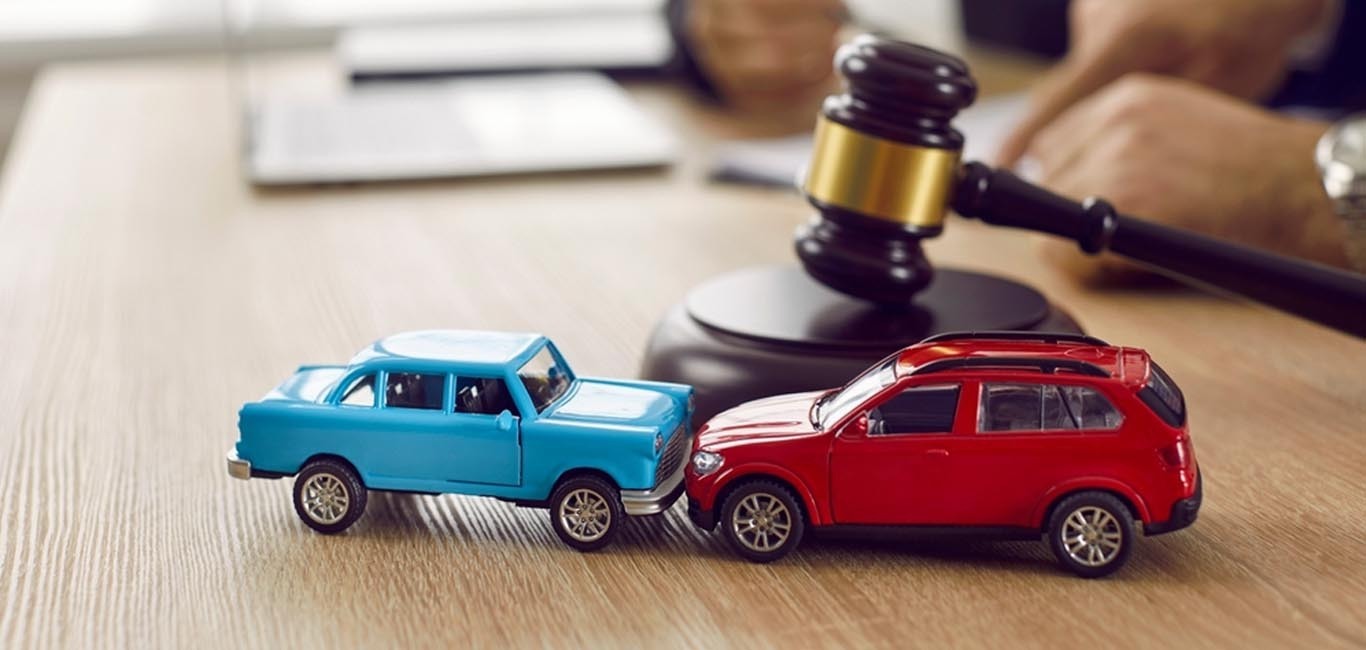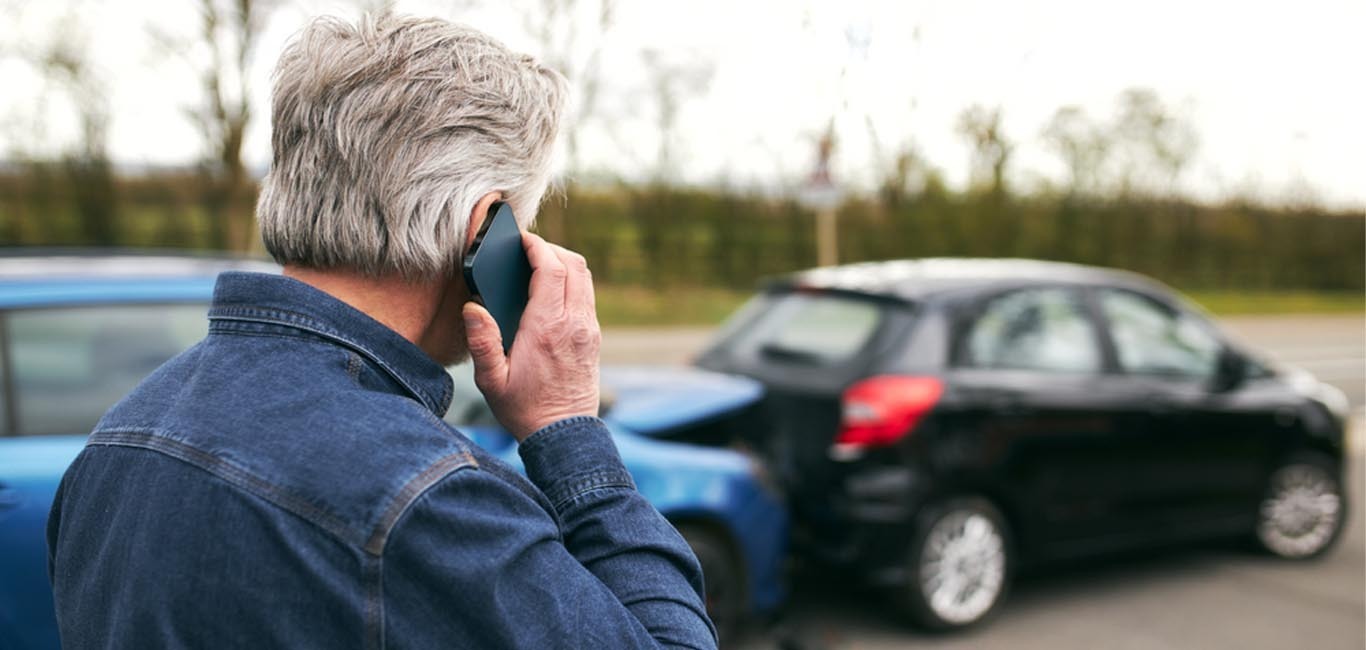Collision insurance is auto insurance coverage that covers the costs of repairing or replacing your vehicle if it’s damaged in a collision, regardless of who is at fault. It provides coverage for collisions with other vehicles, objects such as trees or fences, or single-vehicle accidents like rolling over.
Collision insurance is usually optional coverage, but you may be required to have it if you have a car lease or loan. Lenders and leasing companies often require collision coverage to protect their financial interest in the vehicle.

Why Should You Buy a Collision Insurance?
Protection for Your Vehicle: Collision insurance covers repair or replacement costs for your vehicle after a collision, providing financial protection for your investment.
Peace of Mind: Having collision insurance provides reassurance while driving, knowing that you’re financially protected in case of an accident.
The lender or Lessor Requirement: If you have a car loan or lease, collision insurance is often mandatory to protect the lender’s or lessor’s interest in the vehicle.
Repair Flexibility: You have the freedom to choose where to get your vehicle repaired, whether it’s a trusted repair shop or a dealership approved by your insurer.
Coverage Regardless of Fault: Collision insurance covers your vehicle’s damages regardless of who caused the collision, providing support even if you’re at fault.
Potential Cost Savings: Despite paying a premium, collision insurance can save you from significant out-of-pocket expenses associated with vehicle repairs or replacement.

What Does a Collision Cover?
Vehicle Collisions: This includes accidents involving other vehicles, such as rear-end collisions, side-impact collisions, or head-on collisions.
Single-Vehicle Accidents: Collision insurance provides coverage for accidents where your vehicle collides with an object, such as a tree, a pole, or a fence.
Falling or Rollover Accidents: If your vehicle rolls or fall over during an accident, collision insurance can help cover the costs of repairing or replacing it.
Hit-and-Run Accidents: Collision insurance can cover the damages if your vehicle is involved in a hit-and-run incident and it cannot be established that who is responsible.
Partial or Total Vehicle Loss: Collision insurance can cover the costs of repairs if the damage is repairable. In cases where the repair costs exceed the actual car value, it may consider it as a complete loss.
What Is not covered in Collision Insurance?
There are certain situations and types of damage that are typically not covered. Here are some examples of what is generally not covered by collision insurance:
Damage to Another Person’s Vehicle: Collision insurance only covers damage to your own vehicle, not the other person’s vehicle involved in the collision. You will need liability insurance for that purpose.
Medical Expenses: Collision insurance does not cover personal injuries or medical expenses. Personal injury protection (PIP) or medical payments coverage may cover medical costs.
Non-Collision-Related Incidents: Collision insurance does not cover non-collision events like theft, vandalism, fire, or natural disasters. Comprehensive insurance is needed for such coverage.
Wear and Tear: It does not cover wear and tear, mechanical breakdowns, or maintenance-related issues.
Exceeding Policy Limits: If the cost of repairs exceeds the coverage limits in your collision insurance policy, you may have to pay the remaining expenses out of pocket.

How Do Deductibles Work in Collision Insurance?
Deductibles refer to the amount of money that you have to pay out of your pocket while your collision insurance will cover the remaining costs. Here’s an explanation of deductibles for collision coverage:
Impact on Premiums: The deductible you select have a direct impact on your premium amounts. Generally, higher deductibles means your premium amounts will be lower and vice versa.
Out-of-Pocket Expense: If you suffer an accident requiring collision repairs, you must pay the deductible amount before your insurance company pays the remaining sum. For example, if your deductible is PKR 5,000 and the repair cost is PKR 20,000, you would pay the PKR 5,000 deductible, and your insurance company would cover the remaining PKR 15,000.
Per-Claim Basis: Deductibles are typically applied on a per-claim basis. This means that if you have multiple accidents or incidents, you must pay the deductible amount for each claim.
Choice and Flexibility: Insurance policies often offer different deductible options, allowing you to select the amount that suits your needs and budget. You can choose a higher deductible to save on premiums or opt for a lower deductible for more immediate coverage but higher premiums.
Limits and Restrictions in a Collision Insurance
Deductible: Collision coverage requires you to pay a specified amount, called a deductible, out of pocket before the insurance coverage applies.
Coverage Limit: There is a maximum limit that the insurance company will pay for repairs or replacement of your vehicle, typically based on the actual cash value (ACV) of the vehicle.
Policy Exclusions: Collision coverage may have exclusions and limitations, such as pre-existing damage, intentional damage, or damage resulting from illegal activities.
Age and Condition Limitations: Coverage may be limited depending on the condition and age of the vehicle, especially for older or high-mileage vehicles.
Availability Restrictions: Collision coverage may not be available for certain vehicles, such as high-value, salvaged, or commercial vehicles.
Premium Costs: Collision coverage comes with a premium cost, which varies based on factors like driving history, location, vehicle value, and deductible choices.





